Moving to Australia: Ultimate Guide
Think about moving to Australia? You are not alone! In fact, did you know that 30 per cent of people living in Australia today were born aboard? Thanks to its strong economy, long life expectancy, excellent schools, and overall high standard of living, the Land Down Under draws people from around the globe.
But what is it really like to live in Australia? Is it still a good option for those of us who are looking to boost our careers and build a brighter future? Let’s take an in-depth look at the cost of living, visa options, taxes, healthcare, education, and all of those other key factors.
Living / Lifestyle
What Is It Like to Live In Australia?
To understand what it’s like to live in Australia, it is essential to understand a few things about its geography. Australia is one of the biggest countries in the world. Just to get from one side of the continent to the other, it would take a five hour flight or of you are brave enough to drive it would take 4-5 days.
Though Australia takes up about as much space as the continental United States, it has far fewer cities. The Outback in the centre of the country, which is about the same size as all of Europe, has a population of fewer than 12,500 people spread out over 834,679 square kilometres. The remaining 85 per cent of Aussies live within 30 miles of the coast.
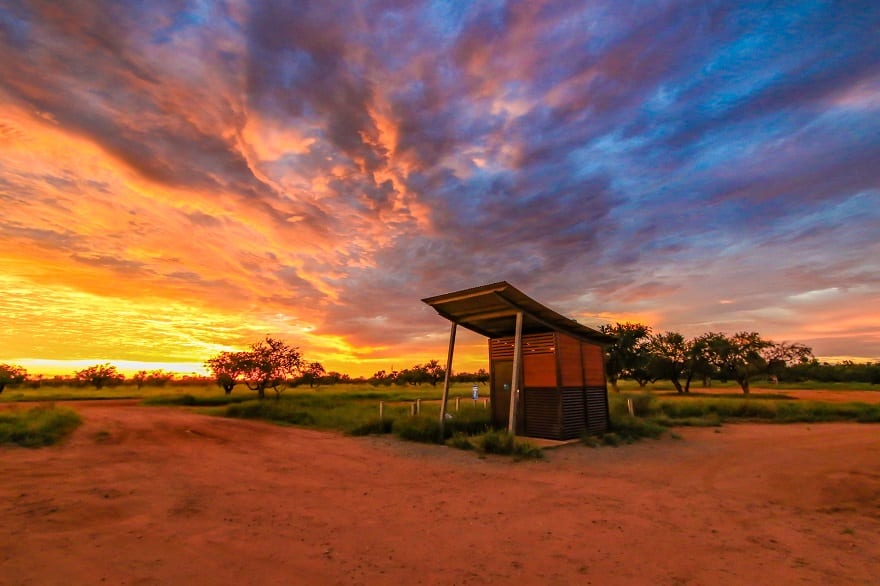
The Cities of Australia
Australia is one of the most urbanised countries in the world. Almost 90 per cent of people live in a city and half of those people are within the urban areas of either Sydney and Melbourne.
When you think about moving to Australia, you will likely be looking at the handful of cities that dominate the urban landscape: Sydney, Melbourne, Brisbane, Perth, and Adelaide.
While each city has its charms, Melbourne holds the special distinction of having been named the world’s most liveable city as well as the world’s happiest city. Nearly 90 per cent of people in Melbourne like their city and nine out of ten residents report feeling happy during the last 24 hours. Of course, it’s all subjective but most Aussies agree that the quantity of life in their home country is amongst the best in the world.
Cost of Living
What Is the Cost of Living in Australia?
Compared to most of Europe, the UK, and the US, the cost of living in Australia is high. In particular, housing and petrol are notably more expensive than you would find elsewhere in the developed world. Having a clear picture of your transport and housing costs is a crucial step to making a decision on a job offer.
You will also find everyday goods, especially those that have been imported, to be more expensive. Things like iPhones and computer gear cost about 50 per cent more on average in Australia than they would in the United States.
How Much Do I Need to Earn to Live in Australia?
The cost of living in Australia will depend considerably on where you live. The cities of Sydney and Melbourne tie for the most expensive places to live in Australia. Following closely behind with only a slightly lower cost of living, you will find the cities of Perth and Canberra. Meanwhile, cities like Brisbane and Adelaide are surprisingly affordable and offer some of the lowest living costs in the country.
In terms of absolute numbers, the Household Expenditure Measure (HEM) is a good starting point. When evaluating a mortgage for a new client, banks use the HEM to determine how much the average person needs to live in Australia.
What Is the Household Expenditure Measure?
The Household Expenditure Measure, often just called the HEM, suggests the amount of money that you need to live comfortably. It is essential to note that these costs do not include rent. In areas like Perth and Canberra, these figures will be high. If you are living in Sydney and Melbourne, however, this is a good picture of the cost of living.
According to the HEM, here is how much the average household will spend, before housing expenses:
Average monthly expenses for one person: $2,835 Australian Dollars
Average monthly expenses for a family of two: $4,118 Australian Dollars
Average monthly expenses for a family of four: $5,378 Australian Dollars

Moving to Australia
What Moving Documents are Needed For Moving to Australia?
Used Household Goods and Personal Effects
- Copy of passport (photo and signature page)
- Completed Australian Customs form B534
- Copy of visa or e-visa approval (non-citizens)
- Detailed inventory / packing list (in English)
- Alcohol inventory, if applicable
- Original bill of lading if no telex release / waybill issued (OBL) / air waybill (AWB)
Motor Vehicle
- Vehicle import approval (VIA)
- Import declaration (prepared by Customs broker)
- Registration papers from country of origin
- Proof of ownership and purchase receipt
Pets
- Import application
- Import permit
Specific Information
- All animals imported to Australia must meet the requirements of the Australian Department of Agriculture and Water Resources and will be quarantined upon arrival.
- Import permits take approximately 10 business days from the date receipt by the Department of Agriculture to be approved; however, incomplete or incorrect applications may take longer.
- Owners of the goods must select a quarantine station for the animal prior to import.
- Animals may be visited by only the person identified as the importer during the quarantine period
For more information on restricted and prohibited items and a more in-depth look at documentation please check the International Association of Movers.
Legal / Visas
How Can I Get an Australian Visa?
If you are thinking about moving to Australia, figuring our your visa options is truly the first step. There is an exceptionally large number of visa options but, luckily for would-be ex-pats, the Australian government makes it fairly simple to get started.
To determine the best visa option for you, start the Explore Visa Options website from the Australian government. Their short questionnaire will guide you in the right direction to starting your visa process. You can also check out the full list of Australian visa options on their website.
Skillselect FAQ: What Is the General Skilled Migration Program?
If you’re a skilled worker looking at moving to Australia, you will most definitely want to look into the General Skilled Migration Program (GSM). From diving instructors to dentists, the country is keen to bring in people with the right skills.
The GSM program is a points-based system that gives you points for a wide range of factors. The more points that you have in the end, the more likely you are to get your visa.
General Skilled Migration Program Points Structure
How Old Are You?
- 18-25: 25 Points
- 25-33: 30 Points
- 33-40: 25 Points
- 40-45: 15 Points
What Is Your English Level?
- Competent English: 0 Points
- Proficient English: 10 Points
- Superior English: 20 Points
Note: Your English level can be harder to self-assess than you might think. In fact, there has been some controversy surrounding the requirements as numerous native English speakers, including an Irish doctor, have failed to meet the minimum English requirements. Read more about the required English levels to know what to expect.
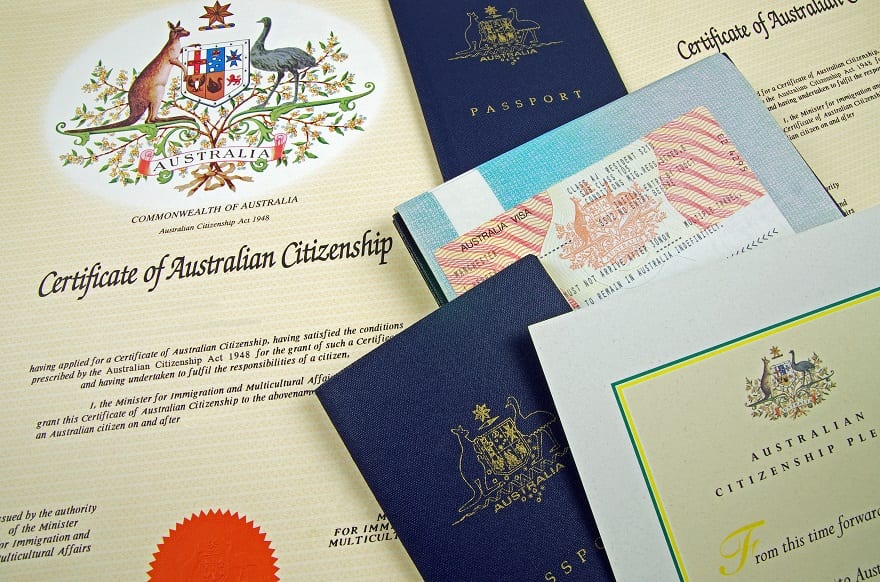
How Many Years of Skilled Work Have You Done Abroad?
- Fewer than Three Years: 0 Points
- Three to Five Years: 5 Points
- Five to Eight Years: 10 Points
- More than Eight Years: 15 Points
How Many Years of Skilled Work Have You Done in Australia?
- Less Than a Year: 0 Points
- One to Three Years: 5 Points
- Three to Five Years: 10 Points
- Five to Eight Years: 15 Points
- More than Eight Years: 20 Points
What Is Your Education Level?
- Occupational Qualification/ Trade Diploma: 10 Points
- Bachelor’s Degree: 15 Points
- Doctorate: 20 Points
Do You Have a Skilled Spouse Moving with You?
- Add 10 points
Have You Previously Studied/Done a Professional Year In Australia?
- Read the full details here to see if you’re eligible for more points.
Money & Taxes
What Will I Pay in Income Tax in Australia?
In Australia, there is a progressive tax system. As you earn more money, you pay more taxes. The current tax-free threshold is $18,200, which means that you don’t pay tax under this amount.
Here is what you can expect to pay in taxes in Australia. Do note there are exemptions and a range of variables, but this will give you a general idea of what to expect.

How Do Taxes In Australia Work?
As soon as you start working in Australia, you will need a tax file number (TFN). Ideally, you will want to start getting organised for your TFN application before moving to Australia and starting work. It is free to get a TFN and you can get all of the information online at the government’s tax website. Note that an application can take up to 28 days to be processed.
Once you start work, you have 28 days to give your employer a TFN. If you don’t have one, you will be charged an extremely high rate of tax.
How Do I Open a Bank Account in Australia?
If you are 16 years of age or older and have permanent residency, opening a bank account is quite straightforward. You can do it online with pretty much any large bank and it only takes about ten minutes.
Of course, it is an advantage to open a bank account before moving to Australia and having all of your residency paperwork in place. Thankfully, this expat-friendly country makes it fairly simple to do just that. You can apply for an account remotely using your own passport from any country. You just need to tell them which city you are going to live in then arrive there within one year of the date of your applications.
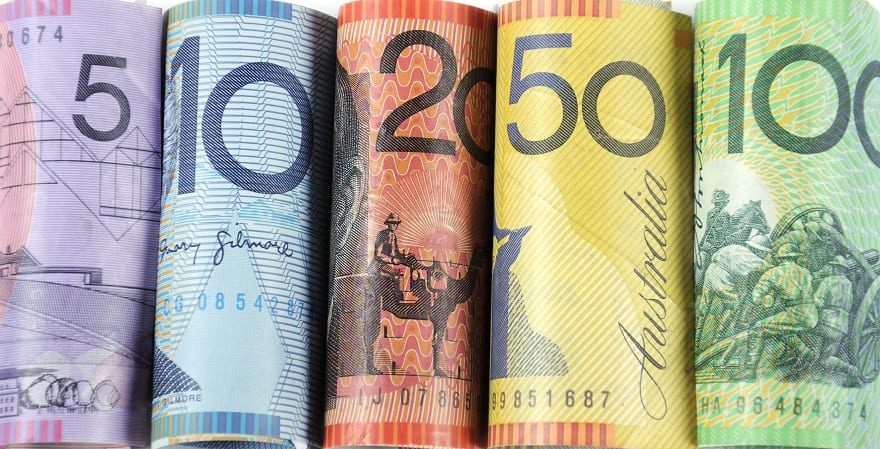
Climate & Weather
What’s the Weather like In Australia?
While you might tend to think of Australia as having a warm and beachy climate, there are actually a total of eight unique climate zones in the country.
Although the climate is distinct in these eight different regions, you can very generally divide the weather of the country into north and south. In the north, you will find a more tropical climate. The summer is hot and humid in the north while the winters are relatively dry and warm. Meanwhile, in the south, the climate is cooler through the year and the winters tend to be rainy.
If you’re coming from the Northern Hemisphere, you will also want to keep in mind that the seasons are the opposite. The coldest months of the year are July and August while the warmest weather comes in December and January.

Buying & Renting a Home
How Does Housing Work in Australia?
In Australia, just over half of the population owns their own home. When you are first moving to Australia, however, you will definitely want to start in the rental market.
While you can get a lot done on the internet, agents and the bulk of homeowners will not rent a place to you without meeting you in person. It is risky for them and it is incredibly risky for you. That’s why it is essential to plan on organising temporary accommodation like a hotel or Airbnb before you arrive then start your search.
How to Find a Rental in Australia
Though Australia is a huge country, the population is highly concentrated. This can be a great thing for anyone who loves an active lifestyle and busy social life. At the same time, it can be a total nightmare for anyone searching for a home.
The urban rental market, especially in Sydney and Melbourne, is extremely competitive. It is commonplace to attend open showings where countless other people are competing for the same apartment.
To find a nice place in a good neighbourhood, it is crucial to come prepared. Before you move to Australia, read these essential insider tips on renting.
Healthcare
What about Healthcare Work in Australia?
Access to healthcare is covered by Medicare. Available to citizens of Australia and New Zealand as well as permanent residents, Medicare covers the cost of all public hospital services. It also reduces the cost of a wide range of other services like GP visit. To help with the cost of medications, the Pharmaceutical Benefits Scheme (PBS) is also available.
Note: Thanks to the Reciprocal Health Care Agreements that Australia has with a range of countries, you may not have to wait for your permanent residency to access Medicare. If you have a passport for one of the following countries, you are entitled to Medicare on arrival: Belgium, Finland, Italy, Malta, the Netherlands, Norway, Ireland, Slovenia, Sweden, and the United Kingdom.

How Does Healthcare Work in Australia?
Australian Government’s free Medicare system does indeed cover all of your basic medical expenses. It certainly will not cover it all though. Since essentials like dental and optical care are not included, nearly everyone will end up with extra fees at some stage.
Private healthcare is there to help you pay for the treatments that Medicare doesn’t cover. It will make expenses easier to pay and also give you more choices in your care options.
To help you decide how to plan your healthcare, you can read all of the details on the government’s healthcare system website.
Education
How Does The Education System Work in Australia?
School education is required from ages of six and sixteen years of age, which means that all kids are obligated to attend school from Year One to Year 9 or 10.
In total there are 13 years of education and they are divided up into primary and secondary schools. Primary school starts with kindergarten/preparatory courses then continues onto year six or seven, depending on the school.
Next, secondary school runs from years seven to ten or eight to ten, again dependent on the school’s structure.
Types of Schools in Australia
If you are moving to Australia with kids, it’s essential to familiarise yourself with the educational system. As a resident of the country, your kids will be entitled to free education.
While you will find a wide range of schooling options, they all fall within three basic categories: Government, Independent and Catholic schools.
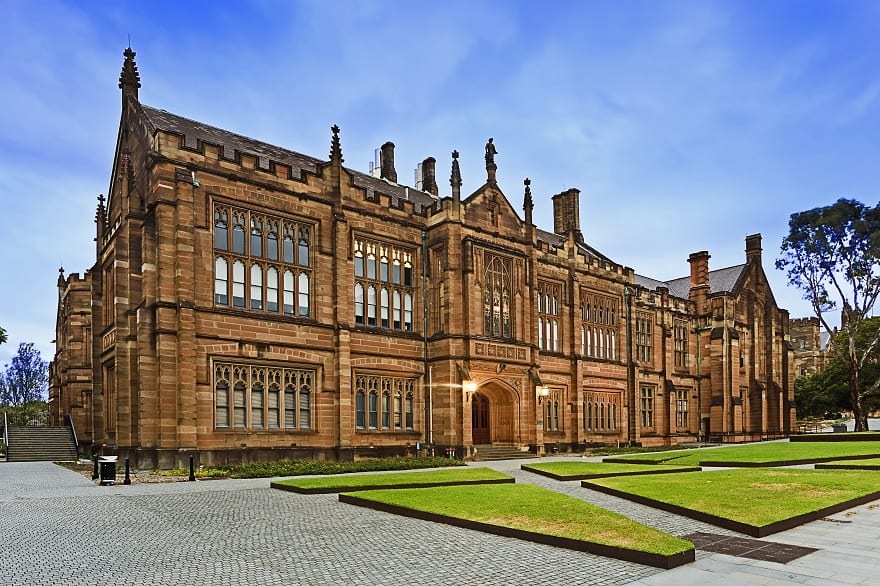
What Are the Types of Schools in the Australia?
Following secondary school, teenagers have the opportunity to continue on to senior secondary school which runs for an additional two years.
Post-secondary in Australia is called Tertiary education. Continued education can include universities or vocational education and training (VET) options.
What Is the Australian Qualifications Framework?
The Australian Qualifications Framework (AQF) brings together all educational qualifications into one single national system that connects schools and universities. It is easy to move between levels and educational facilities and have a centralised system where you can see everything that you need.
Final Thoughts
Moving to a new country can be a little disconcerting, and left unchecked these feelings can develop into anxiety and stress. Moving to Australia, as we have seen, brings with it both exciting opportunities with some potential challenges. However, embracing the changes and adopting a proactive approach through the advice, tips and links we have provided sets you firmly on course to a successful relocation to Australia.
Why not get things moving by completing our simple form, enabling international movers to start work on your moving quotation, today!





